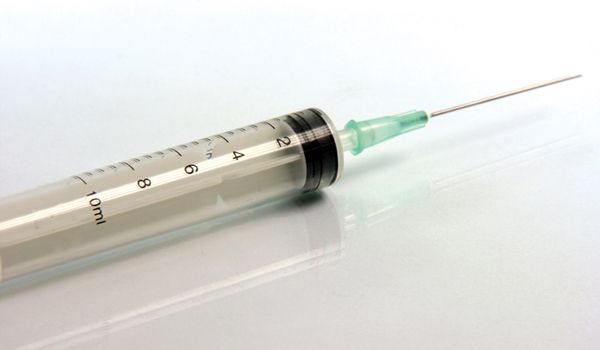
As U.S. Fights Ebola, NGOs Breathe Easier (Op-Ed)

Dr. Matthew Bank is a trauma surgeon and critical care specialist at North Shore University Hospital in Manhasset, New York. He spent time working with Doctors Without Borders, a Nobel Peace Prize laureate, in Nigeria in 2007. He contributed this article to Live Science's Expert Voices: Op-Ed & Insights.
As a former aid worker in West Africa, I was deeply concerned watching the slow response of the developed world to the rapidly moving Ebola epidemic. Since the first cases were reported in mid-March, thousands of patients were infected or died before the World Health Organization (WHO) declared a public health emergency — and it has now spread across Guinea, Sierra Leone, Liberia and Nigeria.
While official WHO recognition can bring resources to combat the disease's spread, a new milestone was reached yesterday when U. S. President Barack Obama announced a specific plan to bring American military and healthcare resources into West Africa in a coordinated attempt to control the rapidly worsening Ebola epidemic.
The need is great
The importance of this announcement cannot be underestimated. Previously, the only Western assistance the underfunded and understaffed African health ministries had been receiving was from Non-Governmental Organizations (NGOs) such as International Committee of the Red Cross (ICRC) and Doctors Without Borders (formally Médecins Sans Frontières, or MSF).
Working for MSF in 2007 in Nigeria, I have experienced the level of care a typical, well-run NGO can sustain. Stationed in Port Harcourt for two months, I was the only trauma surgeon staffing an MSF hospital that treated thousands of trauma victims each year.
We had no intensive care equipment, and lacked even basic resources such as oxygen and intravenous infusion pumps. This would be unheard of at a trauma center in the United States. This is a simple, but unadulterated, example of the limits of most NGOs.
Sign up for the Live Science daily newsletter now
Get the world’s most fascinating discoveries delivered straight to your inbox.
Intensive care
Unlike trauma patients, for victims of Ebola virus, the only known treatment is "supportive care." This means that while there are no specific drugs available that have been proven to help patients with Ebola, there are treatments that can support infected patients long enough for their own immune system to fight off the virus.
Unfortunately, that level of care can be extremely resource-intensive. It entails completely isolating a patient while still delivering intravenous fluids, treatments for respiratory failure and electrolyte imbalances, and other interventions.

Resources such as negative-pressure isolation rooms; ventilators; and reliable, rapid laboratory testing for electrolytes are usually well past the limits of the most NGOs. These organizations do not accept governmental funding and support, and simply do not have the resources for a sustained, broad and effective response to large international epidemics, such as the current Ebola outbreak.
Despite dedicated and hard-working personnel, any response relying on NGO support for control the current Ebola outbreak was doomed to fail.
With this background in mind, the President's announcement today was welcome.
As of August 31, at least 2,400 people have died of Ebola in West Africa. More than two thousand more are suspected of having the disease. The epidemic has been growing rapidly without any response from the world's richest country, the United States. Yesterday, that changed.
Follow all of the Expert Voices issues and debates — and become part of the discussion — on Facebook, Twitter and Google+. The views expressed are those of the author and do not necessarily reflect the views of the publisher. This version of the article was originally published on Live Science.











